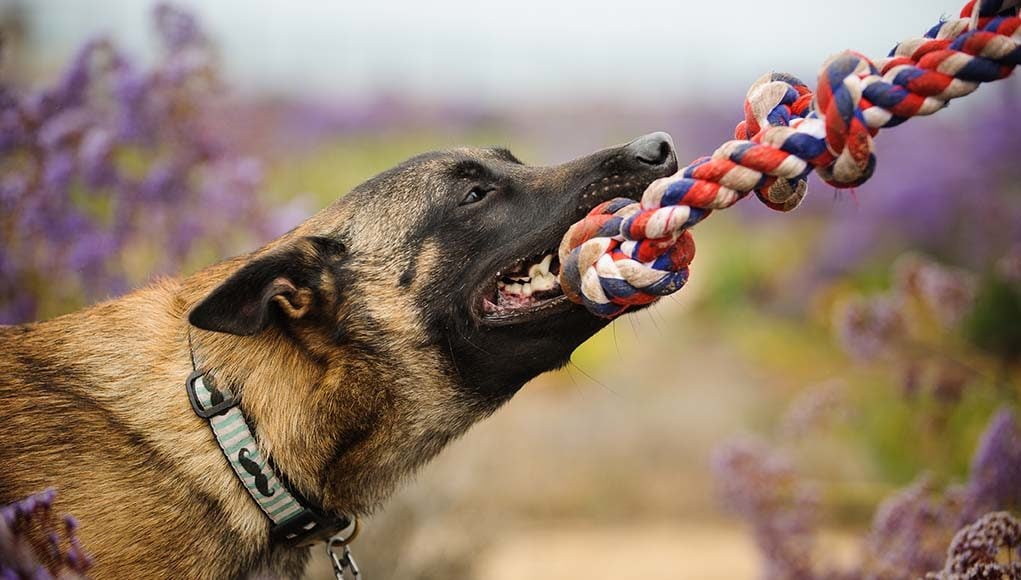There are so many dog supplies on the market today designed to make your and your dog’s lives easier. Unfortunately, some of these products miss the mark and pet owners wind up having so much trouble using them that they turn out to be a complete waste of money. Having tested hundreds of dog supplies first-hand here, today we're listing 18 dangerous dog toys, chews, treats and other products that us and most other pet owners experienced problems with (some life-threatening or even deadly).
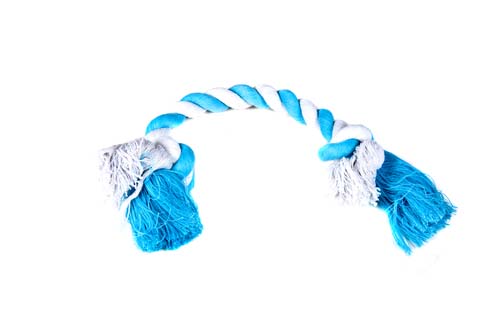
1. Rope Tug Toys
Rope tug dog toys are a popular toy that you can pick up anywhere, but why do so many pet parents have problems with them? The first problem is fraying. As rope toys are played with they begin to fray and threads get stuck between your dog’s teeth or get ingested, resulting in serious health problems.
The second issue with rope tug toys is agitation of joint damage. As your dog tugs on the rope toy, their body jerks back which can exacerbate any joint injuries or arthritis of the neck or spine. This is particularly dangerous for senior dogs or those with predisposition to arthritis, hip and joint problems.
Lastly, rope tug dog toys encourage competitive play that can quickly get out of hand and result in accidental injuries. It's best to skip rope dog toys altogether; instead, pick interactive dog toys like Hide-a-Squirrel or those by Nina Ottoson to stimulate your dog’s mind and avoid all of these problems.
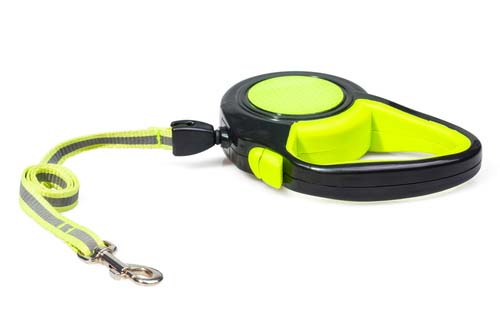
2. Retractable Dog Leashes
Retractable dog leashes might seem like a convenience (especially when it’s raining) but a large percentage of pet parents have had problems with these tools of “convenience”.
The first problem is the lack of strength in the leash. Retractable leashes use thin belt leashes that have small attachment points that are prone to breaking. Dogs regularly break free from retractable leashes, particularly when startled or excited by things like squirrels.
The second problem with retractable leashes that occurs too frequently is owner injuries. As dogs get excited or startled and jerk forward, it's owner's instinct to grab at the leash to stabilize the dog. When this happens, the belt leash continues moving forward and causes burns and abrasions on your hands.
Stick with a traditional dog leash and avoid retractable leashes to avoid problems.
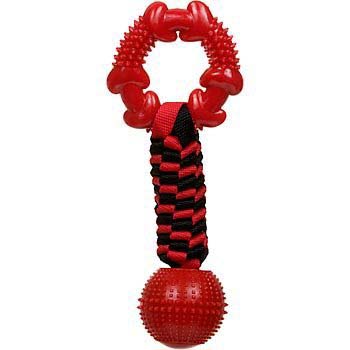
3. Toys with a Single Hole
One of the most dangerous dog toys noted to date is the KONG Beast ball. The ball section of this toy for tough chewers featured just one hole for airflow that allows the toy to return back to its normal shape after being squeezed during play.
The problem, however, is that since the toy just has one hole, it can easily suction onto your dog’s tongue or mouth without releasing. There's been cases of dogs dying from playing with this toy. Since it came to light, pet product companies and pet parents have become more aware of this danger, but it’s still important to watch for these types of toys in your dog’s toy box.
When you invest in dog toys that have “air holes” make sure that there are multiple holes to avoid suction becoming a problem and always supervise play. KONG has discontinued the dangerous toys and they have a number of much better options instead.
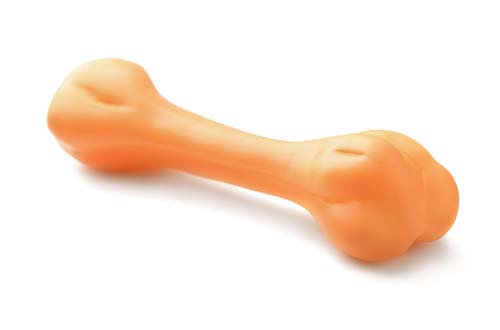
4. Nylabones
There is some controversy over Nylabones, and a large number of pet parents experience problems after giving these toys to their dogs.
The biggest concern with giving these nylon-based toys to dogs is that they are exceptionally hard and can quickly cause dental damage. Common problems that result from Nylabone dog toys play include chipped teeth, cracked teeth, and broken teeth, with numerous reported cases.
Another problem with Nylabone dog toys, is that pet owners believe that because they are chew toys, it’s fine for pieces of them to be ingested, but that isn’t true. While dog chews designed for that can be ingested, many Nylabones shouldn't be. Ingesting pieces of Nylabone toys can cause gastric upset, intestinal blockage, or intestinal puncture which can be fatal for dogs.
To be safe (unless you can always supervise your dog), you can skip Nylabone dog toys completely and opt for safe dental dog chews instead, or size appropriate raw lamb marrow bones as an alternative.
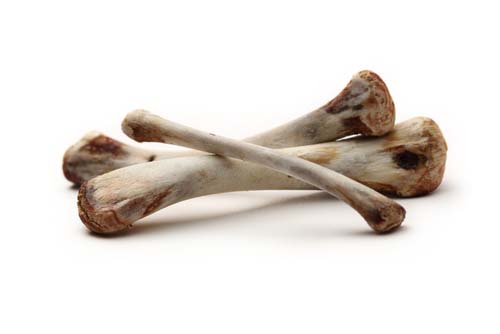
5. Cooked Bones
Cooked bones can be found on the shelves of pet stores and grocery stores alike, but these bones are one of the most dangerous products that you can give to your dog.
As bones are cooked, they become weaker and more prone to fracturing. The weakened bone is then put under pressure as your dog chews it and cracks causing small fragments to break off. Your dog can ingest these small sharp pieces and wind up with an intestinal puncture, abrasions, or other damage. When these bones break they can also cause damage to the dog's teeth and the mouth.
Don’t buy cooked bones or sterilized bones for your dog; instead, go with size appropriate raw lamb marrow bones or similar alternatives.
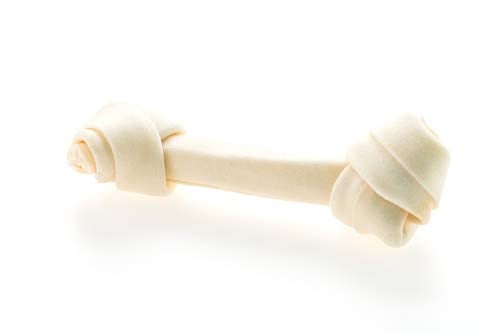
6. Rawhide (Particularly Chips)
Rawhide is another commonly found chew, but it’s also another extremely dangerous product for dogs that has already garnered a lot of controversial press. While some rawhide chews may be fine under supervision, there's no reason to buy them, really.
The first concern with rawhide is what it’s made from. Rawhide comes from the inner layer of animal hide. It is cleaned, cut, ground, chemically treated, and pressed. By the time rawhide chews are fed to your dog, it is full of chemical ingredients that are never intended to be ingested.
The second concern with rawhide is that as your dog chews it, pieces become slippery and can easily cause your dog to choke. The worst culprit for choking is rawhide chips which many dogs attempt to fit into their mouths whole.
Eliminate rawhide from your dog’s treat selection immediately and choose size appropriate raw lamb marrow bones instead or other alternatives.
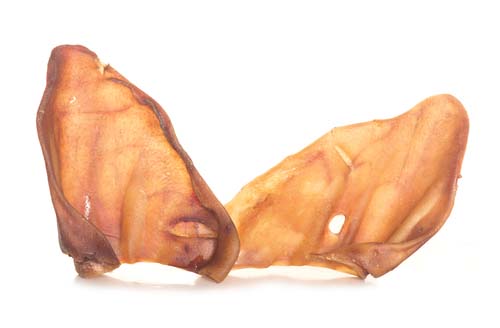
7. Pig Ears
Pig ears might seem like a “natural” chew for the dog, but like rawhide chips mentioned above, they are easily swallowed or choked on. Even when your dog chews up a pig's ear and swallows the pieces, they are very hard to digest and are often vomited back up.
Not only is vomiting unpleasant for everyone involved, but if pieces of the pig's ear have sharp edges they can cause damage to the dog's esophagus or intestines when eaten or vomited up. Skip pig ears completely and choose dog-safe treats instead, or any of the vet recommended organic healthy treats.
8. Toys Made Outside of the USA
When it comes to quality control of pet products, toys that are made outside of the USA are subject to more lax regulation, the exact same thing that happens with pet foods which were discussed many times before.
This becomes a problem when toxic substances are used in dog toys made in China or elsewhere. These substances can include lead, chlorine, arsenic, and bromine, all of which can contribute to health problems. Avoid these dangerous dog toys simply by buying toys from reputable companies and specifically toys that have been made in the America.
9. Treats Made or Sourced Outside the USA
As with dog toys made outside of the United States, dog treats that are made or sourced outside of the U.S. are not subject to strict quality control guidelines. This has resulted in widespread treat recalls in the past as pets have experienced everything from liver and kidney damage to death.
Always look at where your dog’s treats have been sourced and made, and avoid treats made in countries like China where quality control is lax. Here's a list of USA made dog treats that most pet owners and veterinarians will recommend.
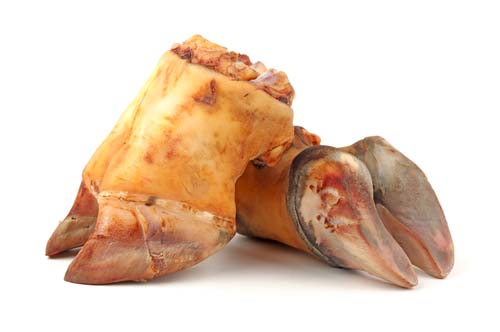
10. Cow Hooves
Cow hooves are another chew that is chosen by pet parents because they’re natural, but they pose considerable risk to your pup in a similar way pig's ears do.
The first concern with cow hooves is that your dog can damage their teeth when biting down on the hoof. Dental damage is common, painful, and requires expensive veterinary intervention to remedy, which will be costly.
A second concern, although one that occurs less frequently than tooth damage, is splintering of the jaw bone that results from biting down aggressively on hooves. It's best to avoid cow hooves altogether and opt for safe dog dental chews or appropriately sized raw lamb marrow bones.
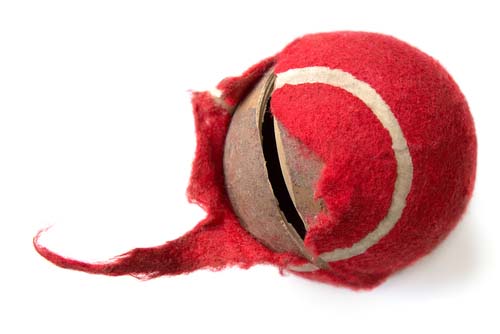
11. Tennis Balls
Tennis balls don’t sound dangerous and certainly enough people give them to their dogs to play with, so what’s the problem? One concern has been the smaller size of some tennis balls designed for smaller dogs. When larger dogs get hold of these balls, they can be swallowed or choked on.
Of bigger concern, however, is the exterior coating of a tennis ball. As your dog chews on a tennis ball or strips off the neon yellow coating, they can swallow those pieces and experience tummy upset. In the case of tennis balls that are imported from questionable sources (read: China), the tennis ball fuzz may also contain traces of toxic chemicals like lead that can cause a range of side effects.
If you want to play ball with your pooch, use dog toy balls that are constructed specifically for pet play and will be safe for your dog, such as famous Chuck-It, KONG or other brands.
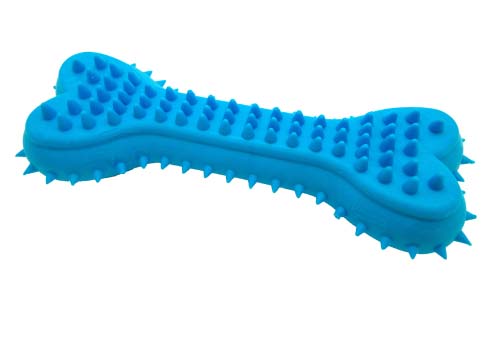
12. Vinyl Dog Toys
Vinyl contains phthalates, a compound that has been linked to liver, kidney, and cell damage in animals. This becomes a problem not just because your dog may consume pieces of a toy while they are playing but also because as they play with the toy unbroken, they inhale phthalate fumes.
This inhalation then causes chemical concentrations to build up in the bloodstream and contribute to the side effects noted above. It is commonly said that the stronger the smell of a vinyl toy the higher the concentration of phthalates is in that dog toy. This is not an accurate determining factor for the safety of a toy; rather, you should avoid vinyl toys altogether to prevent all exposure of your dog to any amount of phthalates.
Keep away from all vinyl toys and opt instead for toxic-free chew toys that have been made in the USA.
13. Tether Tug Toys
Tether tug toys for dogs feature a pole that is fixed in the ground and have a tug toy affixed to the top. The pole anchors the toy in the ground allowing dogs to tug the tug toy aggressively without concern for the person on the other end of the toy. This might sound like a good outlet for your dog and a relief for your arm, but tether toys can cause a range of problems for your pup.
From “simple” dental damage that results from tugging too hard or hanging off the tug toy, to vertebral damage that results from violent tugging or shaking behavior. It's best to stay away from tether tug dog toys altogether and opt for safer outdoor play toys like Jolly Balls or something similar.
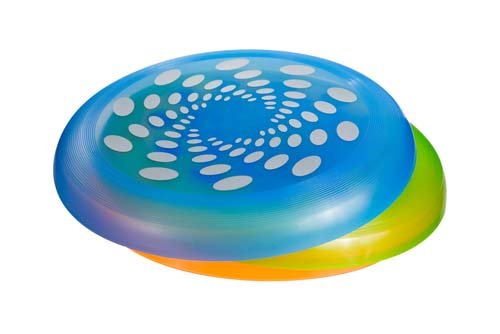
14. Frisbees
Flying disc toys are plentiful, but what your dog’s Frisbee is made from matters. There are discs made from rubber-like materials that are soft and safe for your dog to play fetch with (but not chew). There are also flying disc toys for dogs that are made from hard plastic which are not safe for your dog to play with at all.
As you throw this type of disk there is a possibility for damage to your dog’s mouth or teeth as they catch it due to the hard plastic construction. There is also the concern of the disc cracking when your dog bites down to catch it. If this happens, sharp pieces of plastic can cut your dog’s mouth or damage their gums.
Stick with flying disc toys made with softer material to avoid splintering or breaking. There's a number of safe Frisbee toys that should be fine for your pup to play with.
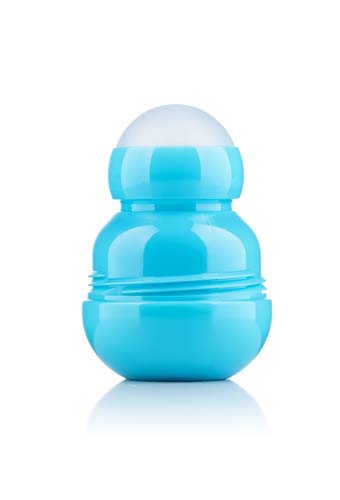
15. Rollerball Treat Sticks
Rollerball treat sticks are sticks of liquid flavoring that have a rollerball on the tip. The purpose of these sticks is to provide “treats” to your dog while training without the calories that come with regular dog treats.
The problem with these treat sticks, however, is that a large number of pet parents have had the rollerball part of this stick pop off and pose a choking risk as their dogs tried to eat it, and veterinarians have sent warnings about it.
Avoid these types of treat sticks altogether and stick with traditional treats. If calories are a concern, use low calorie dog treats or even veggies like baby carrots; or, simply cut regular sized treats into small pieces.
16. Everlasting Treat Toys
Similar to the rollerball treat sticks mentioned above, many dog owners have had a problem with the treat section of Everlasting Treat Toys pop out of the toy and pose a choking risk . You can see the warnings of this problem by pet owners in toy's reviews right here.
This isn’t as much of a problem when the toy is unused, but as your dog wears down the treat in the center of the toy, it can more easily pop out and get swallowed. It's best to avoid any potential health problems by sticking with traditional dog treats or stuffing traditional toys like the KONG with treats such as all-natural peanut butter.
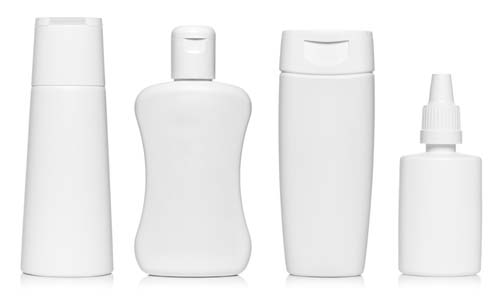
17. Cheap Dog Shampoos
Cheap dog shampoos may not seem like anything to worry about; after all, we use cheap shampoos ourselves, don’t we? There are a number of pet parents out there who would disagree after their dogs experienced everything from skin burns, discoloration, and irritation due to exposure to pet shampoos that use poor quality ingredients.
You can avoid this by paying attention to the ingredients in your dog’s shampoo and invest in an all-natural shampoo instead. Here's a veterinarian's guide on shampoos for dogs and how to choose only the safest option.
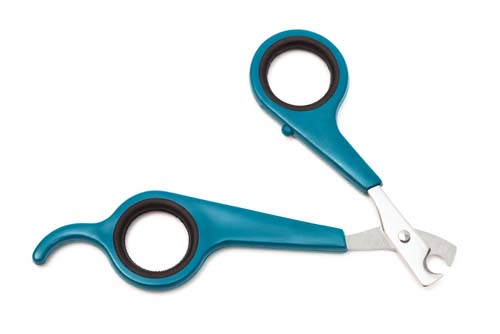
18. Traditional Nail Clippers (No Guard)
Dog nail clippers are a source of anxiety for many dogs and dog parents alike. This is not necessarily the result of a poor product, but usually the result of how complex the process can be – some dog owners are unable to use the dog nail clippers safely and well.
The construction of your dog’s nail is such that using traditional nail clippers easily results in clipping the quick of your dog’s nail. This causes bleeding and then fear on your part and your dog’s part, making the grooming process even more complicated.
This can be remedied by using dog nail clippers that have a built-in “quick-guard” to protect your dog’s nail quick from being nicked.
READ NEXT: 8 Cancer-Causing Dog Products (And How to Avoid Them)
Disclosure: We may earn affiliate commissions at no cost to you from the links on this page. This did not affect our assessment of products. Read more here and find full disclosure here.


